$39.97 Original price was: $39.97.$27.98Current price is: $27.98.
SKU: D2LSC 591868735 Categories: Fall Color Trees, TREES
- Quality that lasts, prices that don't.
- Experience the difference quality makes.
- Satisfaction Guaranteed
- 100% High Quality Guarantee

Yellow Birch
Betula alleghaniensis
Other Common Names: Golden Birch, Swamp Birch, Yellow Swamp Birch
Plant Details
USDA Plant Hardiness Zones: 3a-7b Find Your Zone
Plant Type: Deciduous Tree
Height at Maturity: 60-80′
Width at Maturity: 40-60′
Spacing: 20′ for screens; 60 feet for space between trees
Spacing: 20′ for screens; 60 feet for space between trees
Growth Habit / Form: Pyramidal when young and Oval to Rounded with age
Growth Rate: Moderate
Flower Color: Golden Yellow
Flowering Period: Spring
Flower Type: Catkin
Fragrant Flowers: No
Foliage Color: Medium Green
Fall Foliage Color: Golden Yellow
Fall Foliage Color: Golden Yellow
Fragrant Foliage: No
Bark Color: Shiny Bronze when young, Light brown exfoliating with age
Sun Needs: Full Sun to Part Shade, we suggest a minimum of 4 hours sun for fullness
Water Needs: Average, lower when established
Soil Type: Clay, Loam, Rocky, Sand, Silt
Soil Drainage: Moist But Well-Drained, occasional wet is okay
Soil pH: 4.0 – 8.0
Maintenance / Care: Low
Attracts: Beneficial Pollinators, Birds
Resistances: Birch Borers, Deer, Disease, Heat, Humidity, Moderate Drought
Description
A North America native that unlike most other birches is slower growing and can live up to 300 years. Betula alleghaniensis, or Yellow Birch is a large tree that over time can reach heights of up to 80 feet tall with a dense pyramidal and when young developing a more rounded crown when mature. In early spring, attractive clusters of cylindrical catkins (flowers) hang down from stem tips. The bark of this species is highly attractive at all stages. Showy bark on younger trees is shiny bronze with horizontal, thin, papery strips and lenticles. Older trees develop attractive red-brown bark with scaly plates. We’ve heard the sap can be made into syrup or beer, but haven’t tried it. This tree tends to like cooler climates in USDA Zones 3a to 7b. That said, if you’re a risk-taker in Zone 8 who wants to give it a try plant it in a shady environment with and consistently moist soil during the summer.
Wildlife Assets
The Yellow Birch birch is a host plant for Mourning Claok and Dreamy Duskwing butterflies as well as many moth species. The seeds produced in summer are eaten by birds. Northern flying squirrels and northern saw-whet owls use the hollows that often form with age on this tree as nest sites. Squirrels use the exfoliating bark to line or insulate their nests.
Landscape & Garden Uses
Growing 50 to 80 feet tall and 40 to 60 feet wide, the Yellow Birch is ideal for use as a specimen, in groupings or in sunny to partially shaded landscape and woodland borders. Perfect for use as a shade tree and when planted on the west side of the home cooling costs will be reduced. A fine addition to butterfly gardens, pollinator gardens and native gardens.
Suggested Spacing: 20 feet apart for screen plantings; 60 feet apart for space between trees
Growing Preferences
Yellow Birches are best grown in moist, acidic, sandy or rocky, moist but well-drained loam soils in full sun to part shade. Best foliage color occurs in full sun. This birch does best in cool climates in consistently moist soils, so keep it watered during drought. Bark, leaf or straw mulches help to keep the root zones cool and moist. It needs little pruning, but if necessary, you can prune during the dormant season. Avoid pruning in winter or spring when the sap is running because, as with other birches, it will bleed.
Note: Find helpful advice from our experts under the Planting & Care tab above on desktop computer monitors or below on mobile devices.
Plant Long & Prosper!
Meet The Wilson Brothers & Staff
Questions? Contact Us!
Be the first to review “Yellow Birch Tree (Betula Alleghaniensis) – 1 Gallon Pot” Cancel reply
Related products
Sale!
Fall Color Trees
Chestnut Oak Tree (Quercus Prinus) – 3 Pack Of 1.5 Quart Pots
Sale!
Sale!
Fast Growing Trees
Sale!
Sale!
Sale!
Sale!
Sale!


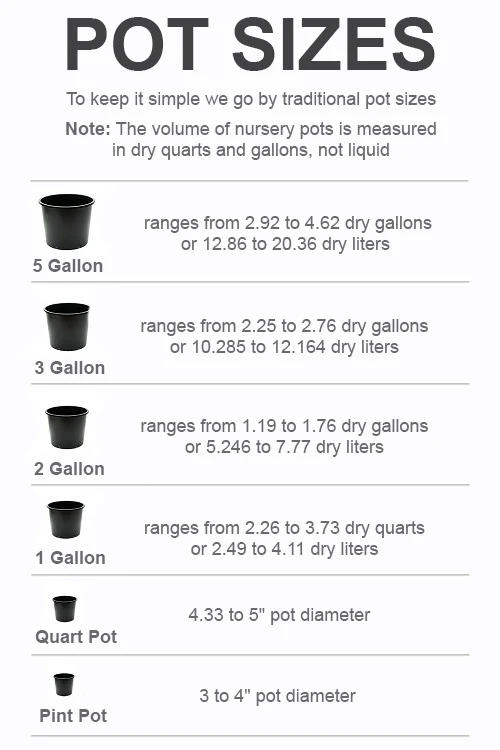


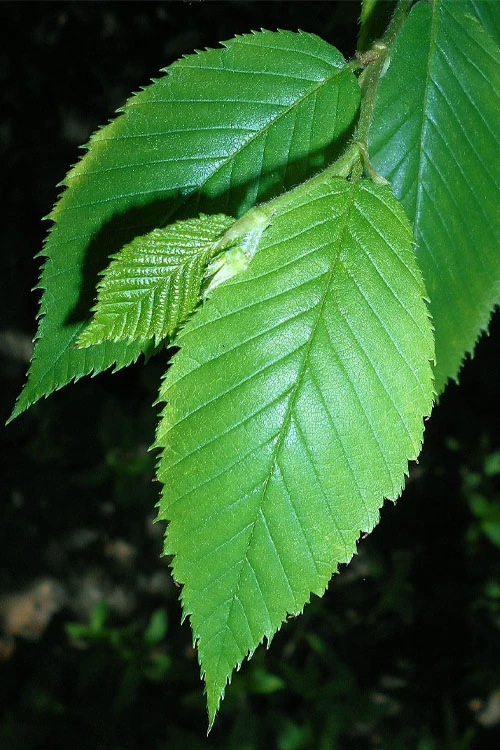



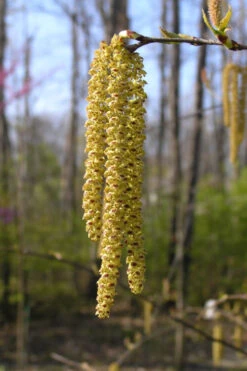
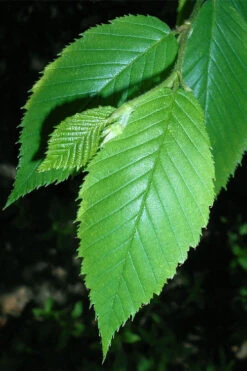



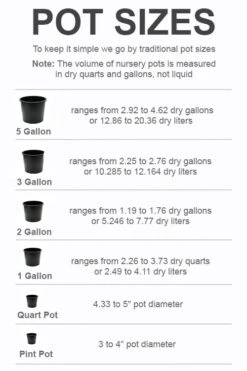
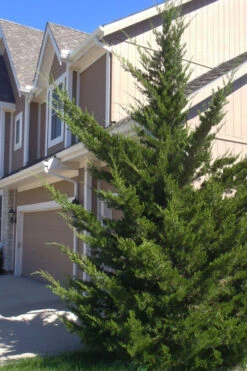
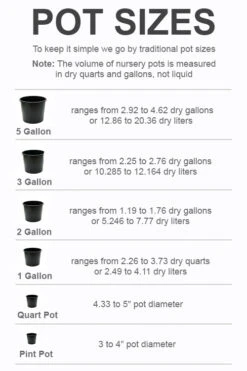
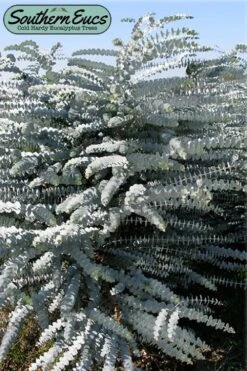
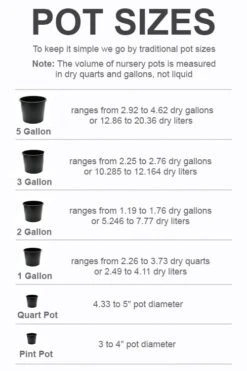

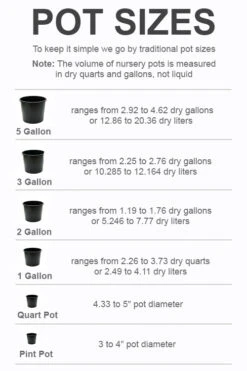
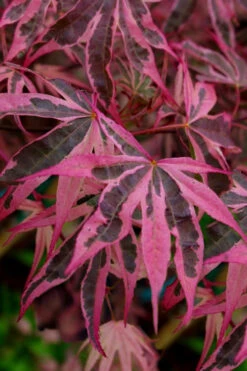
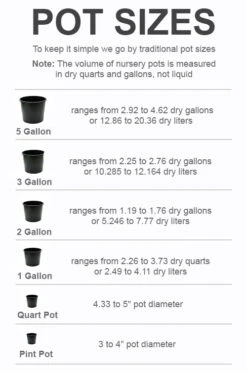
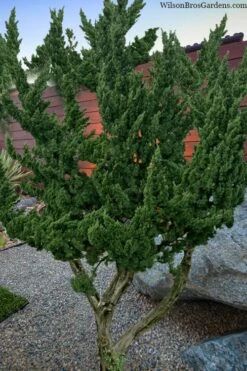

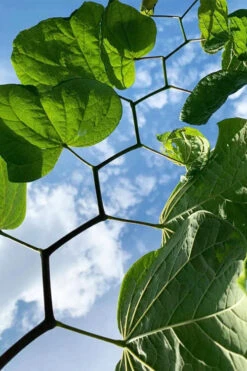

Reviews
There are no reviews yet.